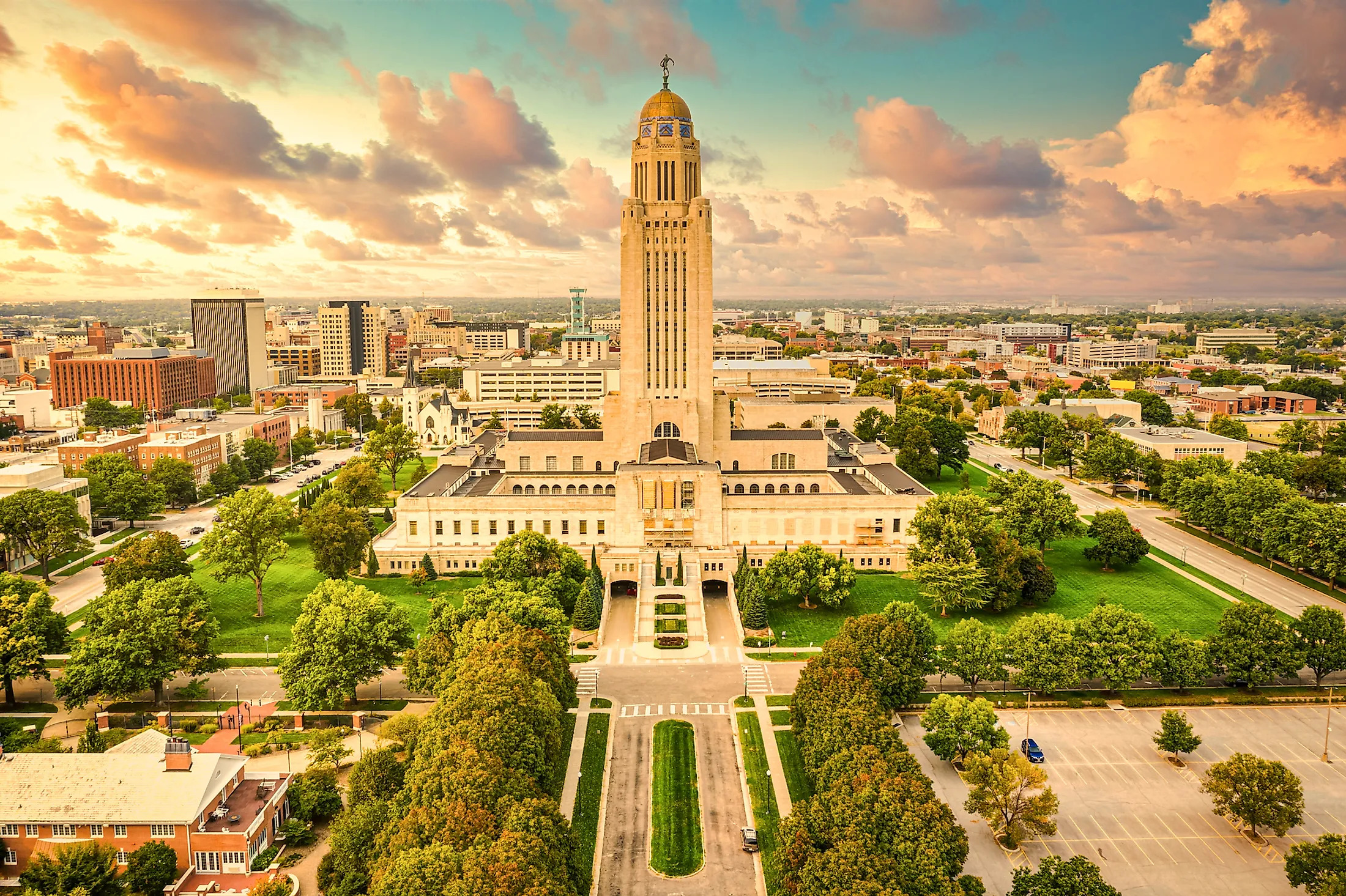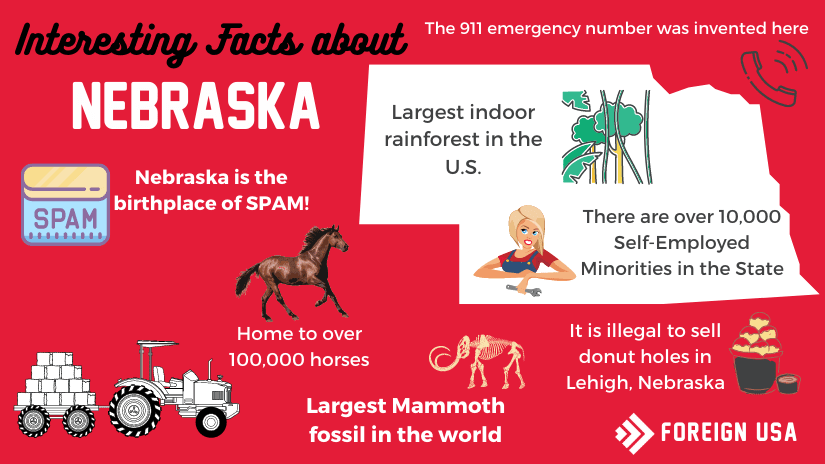
The Enduring Echoes: Unearthing America’s Living Legends
America, a nation forged from diverse peoples and an expansive, often untamed landscape, boasts a tapestry of legends as varied and vibrant as its history. These aren’t just quaint campfire tales; they are living narratives, constantly evolving, shaped by everything from ancient oral traditions to viral internet memes. From the ethereal spirits of indigenous lore to the elusive cryptids of the wilderness and the unsettling whispers of urban myths, American legends offer a profound window into the collective psyche, reflecting our hopes, fears, and the relentless quest for meaning in an ever-changing world.
This article delves into the enduring power of America’s legendary landscape, examining not just the stories themselves, but the "new facts" – the contemporary interpretations, psychological underpinnings, and cultural shifts that keep these tales alive and relevant in the 21st century.
Ancient Roots: The Wisdom of Indigenous Lore

Long before European settlers carved out colonies, the North American continent was crisscrossed by a rich network of indigenous cultures, each with its own profound cosmology and legendary figures. These aren’t merely myths; they are foundational narratives, often imbued with spiritual significance and practical wisdom. Figures like the Iroquois Sky Woman, who fell from the sky world to create the Earth, or the trickster Raven of Pacific Northwest tribes, who brought light to the world, are more than characters – they are embodiments of creation, morality, and the intricate relationship between humanity and nature.
New Fact: In an age of environmental crisis, these ancient legends are experiencing a powerful resurgence, not just as historical artifacts but as vital ecological lessons. Indigenous narratives often emphasize stewardship of the land, the interconnectedness of all living things, and the cyclical nature of life. As scholar Vine Deloria Jr. noted, "Our religions and philosophies were derived from an intimate knowledge of this land." Today, these stories are being re-examined by environmentalists and educators as crucial frameworks for understanding sustainability, offering a wisdom that predates Western scientific paradigms. The lessons embedded in the legends of the Earth-Diver or the Spider Woman, for example, teach responsibility and respect for the natural world, principles increasingly critical for modern society.
Forging a Nation: Heroes, Patriots, and the Wild Frontier
As the nascent United States struggled to define itself, legends emerged to articulate its unique identity and values. Figures like Paul Revere, immortalized by Longfellow’s poem, became symbols of revolutionary courage, though historical accounts reveal a more complex and collaborative effort than the lone rider myth suggests. John Chapman, better known as Johnny Appleseed, transformed from a real-life pioneer nurseryman into a benevolent wanderer, scattering apple seeds across the frontier—a testament to American industriousness and a romanticized vision of taming the wilderness.
New Fact: The creation of these early American legends often involved a deliberate, almost journalistic, effort to shape national identity. Historians now highlight how figures like George Washington were consciously mythologized by biographers like Parson Weems (who invented the cherry tree anecdote) to create moral exemplars for a young republic. These "facts" were less about historical accuracy and more about constructing a shared narrative of virtue, resilience, and manifest destiny. The enduring power of these legends lies in their capacity to provide a common cultural shorthand for American values, even if the historical details are fuzzy.
The westward expansion birthed a new pantheon of larger-than-life characters. Pecos Bill, the cowboy who rode a cyclone and tamed a mountain lion, and Paul Bunyan, the colossal lumberjack with his blue ox Babe, embodied the pioneer spirit, transforming the harsh realities of frontier life and industrial labor into fantastical feats of strength and ingenuity.
New Fact: These "tall tales" served as a crucial psychological coping mechanism for the immense challenges of the American frontier and the industrial revolution. They were not just entertainment; they were narratives that allowed ordinary people to project their struggles and aspirations onto superhuman figures, providing a sense of mastery over an often-unforgiving landscape and arduous working conditions. The lumberjacks who told Paul Bunyan stories weren’t merely boasting; they were collectively processing the arduousness of felling vast forests, making the impossible seem achievable, even humorous.
The Unseen and Unexplained: Cryptids and Paranormal Phenomena

America’s vast wilderness and its more remote regions have long been fertile ground for legends of the unknown. From the dense forests of the Pacific Northwest to the murky swamps of the South, cryptids—creatures whose existence is unproven—capture the public imagination. Bigfoot, or Sasquatch, remains arguably the most famous. Thousands of reported sightings, blurry photographs, and alleged footprints fuel a global fascination, transforming a regional legend into an international phenomenon.
New Fact: The pursuit of Bigfoot, far from being a fringe activity, has evolved into a significant cultural and economic force. "Bigfoot tourism" is a legitimate industry in many rural areas, with festivals, merchandise, and guided expeditions. Furthermore, the search for cryptids often intersects with legitimate scientific inquiry into unknown species, demonstrating humanity’s inherent drive to explore the boundaries of the known world. The persistence of Bigfoot lore, in particular, speaks to a deep-seated desire to believe that untamed wilderness still holds secrets, a counter-narrative to the increasingly urbanized and technologically controlled world.
Other cryptids like the Mothman of West Virginia, a winged humanoid associated with a bridge collapse in 1967, and the Jersey Devil, a creature with the head of a horse and bat-like wings said to haunt the Pine Barrens, similarly blend local history with the supernatural.
New Fact: The spread of such legends in the modern era is heavily influenced by digital media. While traditional folklore spread by word of mouth, cryptid sightings and paranormal investigations now proliferate through YouTube channels, Reddit forums, and dedicated websites, creating global communities of believers and skeptics. This digital amplification allows for rapid dissemination, but also for collaborative storytelling and the constant re-interpretation of "evidence," blurring the lines between genuine inquiry and entertainment.
Modern Anxieties: Urban Legends and Conspiracy Theories
As America moved into the 20th and 21st centuries, the nature of its legends shifted. The wild frontier gave way to concrete jungles, and ancient spirits were replaced by contemporary fears and anxieties. Urban legends, those captivating, often unsettling stories passed by word of mouth (and now, virally online), reflect our modern neuroses. Tales of alligators in sewers, ghostly hitchhikers, or sinister figures lurking in the shadows speak to our anxieties about crime, technology, and the hidden dangers of city life.
New Fact: The internet has not only accelerated the spread of urban legends but has fundamentally changed their structure and function. No longer static narratives, they are interactive, evolving "creepypastas" (horror stories shared online) like Slender Man, which originated as a Photoshopped image and spiraled into a global phenomenon, even inspiring real-world crimes. This demonstrates a shift from passive reception to active participation in legend-making, where the collective imagination of a global audience can shape and refine a narrative in real-time.
Hand-in-hand with urban legends are conspiracy theories, which have also taken on legendary status. From the enduring belief that the moon landing was faked to the intricate theories surrounding Area 51 and alleged alien cover-ups, these narratives thrive on distrust of authority and a desire for hidden truths.
New Fact: The "Storm Area 51" event of 2019, where millions RSVP’d to an online joke about raiding the secretive military base, showcased the unique blend of internet culture, ironic humor, and genuine belief that fuels modern legends. While the event was largely a meme, it underscored the pervasive nature of the Area 51 legend and its ability to mobilize collective imagination, even if only for a laugh. These legends, however outlandish, provide a sense of agency and understanding in a world that often feels chaotic and beyond individual control. As folklorist Jan Harold Brunvand noted, "Urban legends… are modern, oral, quasi-true stories that have a moral, or are at least cautionary."
The Enduring Power of Storytelling
America’s legends, whether ancient or modern, fantastical or grounded in distorted history, are more than mere entertainment. They are a continuous dialogue between the past and the present, a cultural barometer measuring our evolving fears and hopes. They offer comfort in shared experience, explain the inexplicable, and provide moral compasses for navigating a complex world.
New Fact: The adaptability of American legends is their greatest strength. They are not static; they are constantly being reinterpreted through film, television, video games, and social media, ensuring their relevance to new generations. From the reimagining of Native American trickster tales in contemporary literature to the modernization of Bigfoot in docu-series, these stories demonstrate an extraordinary capacity to morph while retaining their core resonance. They remind us that the human need for narrative, for heroes and villains, for explanations of the unknown, is an intrinsic part of our shared experience.
In essence, the legends of America are a living chronicle, written not just in books but in the collective imagination of its people. They are a testament to our enduring fascination with the mysterious, our drive to understand our place in the world, and our innate ability to transform ordinary life into something extraordinary. As long as there are questions unanswered and fears unspoken, the legends of America will continue to echo, shaping our understanding of ourselves and the vast, storied land we call home.


